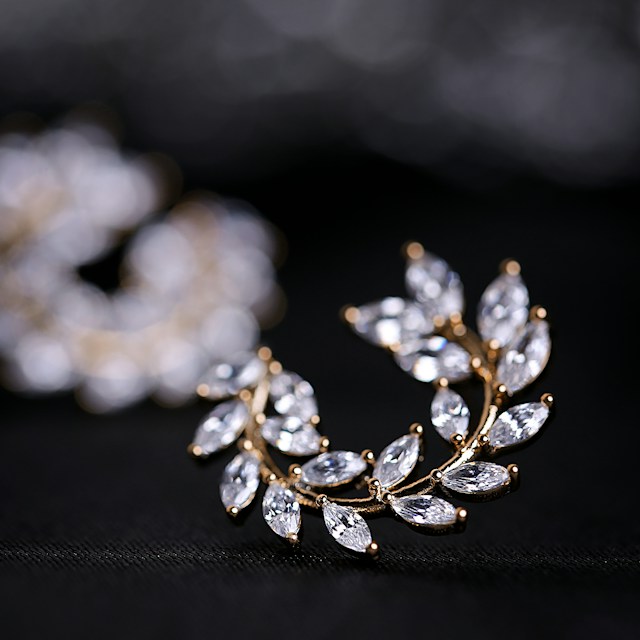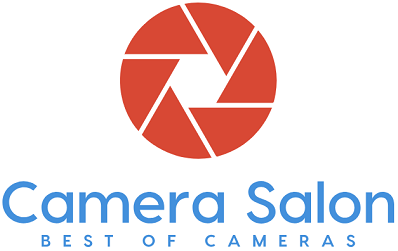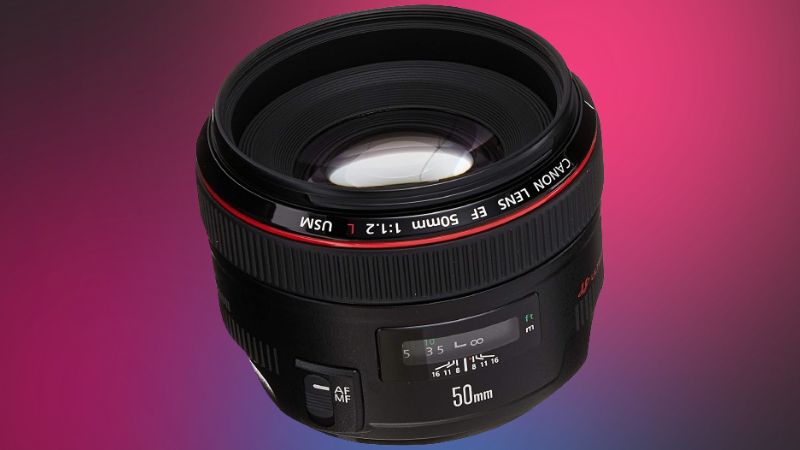What are prime lenses best for? What are the benefits of prime lenses?
Why you should use prime lenses instead of zoom lenses?
We are going to cover everything related to prime lenses besides discussing why they can be a better option for you than zoom lenses.
Prime lenses are known for their fast apertures, beautiful bokeh, crisp details, and excellent image quality. They are much better than more popular zoom lenses in many aspects. For example, they have wider apertures to let in more light to the sensor besides creating creamy background blurs in your images. They also force you to move around physically, helping you give vent to your creativity.

What is a Prime Lens?
Unlike zoom lenses with variable focal lengths, prime lenses have a fixed focal length. You cannot change the focal length or zoom in or out according to the situation. Despite the fixed focal length, they offer many benefits that a zoom lens cannot.
Prime lenses usually have faster or wider apertures such as f/1.8, f/1.4, f/1.2, or even f/.95 in the case of some exotic prime lenses. Such a wide aperture allows more light to reach the sensor. They maximize the available lights to produce beautiful images even in low light. The aperture of most zoom lenses is not wider than f/2.8 but is still quite wide but in no way near a prime lens. The Sigma 18-35mm f/1.8 is the only considerable exception.
Most Common Types of Prime Lenses
35mm, 50mm, and 85mm are the most common and popular types of prime lenses. The first type of prime lens is good for indoor as well as street photography, the second is ideal for portraits, and the third is best for medium telephoto shots. All of them have different maximum apertures which also determine their price along with their overall quality. You can also find excellent 24mm lenses for wide-angle images and 105mm for macro shots or close-ups.
How to Choose Your Prime Lens?
You need to keep many factors in mind while choosing a prime lens.
Compatibility
First of all, the prime lens should be compatible with your camera body. For example, Canon’s APS-C crop sensor cameras can use all kinds of lenses. However, their full-frame bodies are limited only to modern EF lenses. Similarly, their mirrorless cameras are compatible only with the RF lens mount. Therefore, you should ascertain whether or not your lens works with your camera. Otherwise, it will result in a waste of money and sheer frustration.
Crop Factor
Another thing to consider is the crop factor. When you pair a crop sensor camera with EF or FX lenses, they will have a crop factor of approximately 1.6 or 1.5. It means the actual focal length will be around 35mm when you shoot at 24mm. Similarly, the 35mm will be equivalent to 50mm on a crop sensor camera. However, you should not lose heart because you can still capture spectacular images with your APS-C camera paired with a prime lens.
Crop sensors are just like tools that you need to use creatively. Some photographers prefer crop sensors over full-frame cameras. For example, you can use a 24mm lens if you want to have a focal length of 35mm on a crop sensor camera.
Subject Matter
Subject matter or shooting condition is another very important consideration. Food and portrait photographers tend to get closer to their subjects in their cameras. The 85mm and 100mm are ideal for these types of photography. They not only create a soft and crisp bokeh but also eliminate distortion. The bokeh or background blur aesthetically separates your subject from the background as well, bringing even more emphasis to it.
Wide Angle Prime Lenses
Wide-angle lenses allow you to cover a great field of view. They are perfect for big wide spaces and large crowds. However, you will notice some distortion on the outer edges of the images taken by wide-angle lenses. The wider the lens becomes, the greater will be the distortion. If you want to highlight something in the image, keep it right in the center to avoid distortion.
Mid Length Prime Lenses
As mentioned above, 35mm and 50mm are popular choices for portraits, street, editorial, and environmental photography. They are also the closest anything gets to the human eye and perceive a situation just like it. They are versatile lenses with minimum distortion at the edges. Furthermore, 35mm, in particular, is wide enough to cover a greater field of view.
Using Filters on Prime Lenses
You can further enhance the performance of a prime lens and sprinkle a little more magic in the images by using a polarizing or ND filter. It enables you to use slow shutter speeds even under bright sunlight by reducing the amount of light reaching the sensor. Photographers widely use filters to remove reflections from images, especially those involving water. Similarly, they also allow using wider aperture in daylight, decreasing the depth of field in the process.
Benefits of a Prime Lens?
After understanding the basics of prime lenses, we are going to discuss what are prime lenses best for. They are best for a lot of things such as:
The Let in More Light
As mentioned above, most prime lenses have faster maximum apertures that let in more light to the sensor. In simple words, more light enters the camera because the sensor’s mouth opens up wider while the shutter is on. A prime lens is the better option in low light because it offers better exposure without lowering the shutter speed or increasing ISO.
Sharper Images
Another benefit of prime lenses is comparatively sharper images than those offered by zoom lenses. They produce sharper images because you have a single focal length to work with. Most zoom lenses create images with softer edges at wide focal lengths and therefore, you need to use narrower apertures to maintain sharpness. However, prime lenses still have wider apertures even when wide, resulting in shallow depth of field and sharper photos.
Shallow Depth of Field
Prime lenses also enable you to get a shallow depth of field in images thanks to their very wide apertures. A prime lens is the best bet for creating a beautiful background blur and highlighting your subject nicely and sharply. Also known as the bokeh effect, it helps your subject stand out from its surroundings.
Better Image Quality in General
Apart from sharp images and shallow depth of field, prime lenses also deliver many other benefits. For example, images have considerably less chromatic aberration and distortion, once again because you only have to deal with a single focal length. Therefore, the overall image quality offered by prime lenses is exceptional.
Small and Lightweight
Prime lenses are much lighter and smaller than their zoom lenses. Therefore, you must choose a prime lens if you have tight space and don’t want to carry heavy gear over long distances. Pancake prime lenses are even lighter than regular primes and can be a great travel companion.
Good Value for Money
The cost of prime lenses can vary from $100 to thousands of dollars. For example, Canon 50mm f/1.8 lens is available for only $100 while Canon 50mm f/1.2 would cost you around $1300. The price increases dramatically when you move from an average prime lens to a highly quality one. However, prime lenses offer better value for money compared to zoom lenses in terms of image quality.
Easier to Use
Prime lenses are easier to use not only because they are small and lightweight but also because they have fixed, unchangeable focal lengths. It makes it easier for you to understand the focal length and get used to it. You will also have a much better idea of how to capture a certain scene using the only available focal length.
For example, you will see everything in 50mm if you use a 50mm lens frequently. You will instantly and intuitively know what you should include and exclude from the images while shooting in 50mm. You have to think and fiddle less because you already have a certain feeling for the shot. It is quite fun and rewarding at the same time.
Catalyst for Creativity
You have to move a lot while using a prime lens and therefore, it lets your creative juice flow. For example, you have to get closer to the subject if you want to take close-ups. You simply cannot zoom in as in the case of a zoom lens. Moving around will result in some of the most exciting and creative compositions. You can no longer stand still if you use a prime lens and perhaps, it is its greatest advantage.
Also Read: Photography Equipment List For Beginners – 20 Crucial Accessories
Frequently Asked Questions
What are prime lenses good for?
Prime lenses are valued for their sharpness, large maximum apertures, and lightweight design, making them excellent for low light conditions, portrait photography, and achieving a shallow depth of field.
What is a drawback of using a prime lens?
A drawback of using a prime lens is its fixed focal length, which limits framing flexibility and requires the photographer to physically move to change the composition or perspective.
What is the difference between a prime lens and a normal lens?
The difference between a prime lens and a normal lens lies in the focal length; a prime lens has a fixed focal length, while a “normal” lens usually refers to one that mimics the human eye’s perspective, often around 50mm on a full-frame camera, but can also be prime.
When should a standard prime lens be used?
A standard prime lens, typically around 50mm for full-frame cameras, should be used when the goal is to capture images with a perspective similar to the human eye, ideal for portraits, everyday photography, and situations where image quality and a shallow depth of field are important.
Final Thoughts
As a photographer, you would use both zoom and prime lenses throughout your career. Both of them have their merits and demerits. However, we prefer Prime over Zoom because of the above mentioned reasons.
With this, we conclude our guide, “What are prime lenses best for?” I hope you also share our fondness for prime lenses. If yes, please feel free to use our comment section to explain why you love prime lenses.

